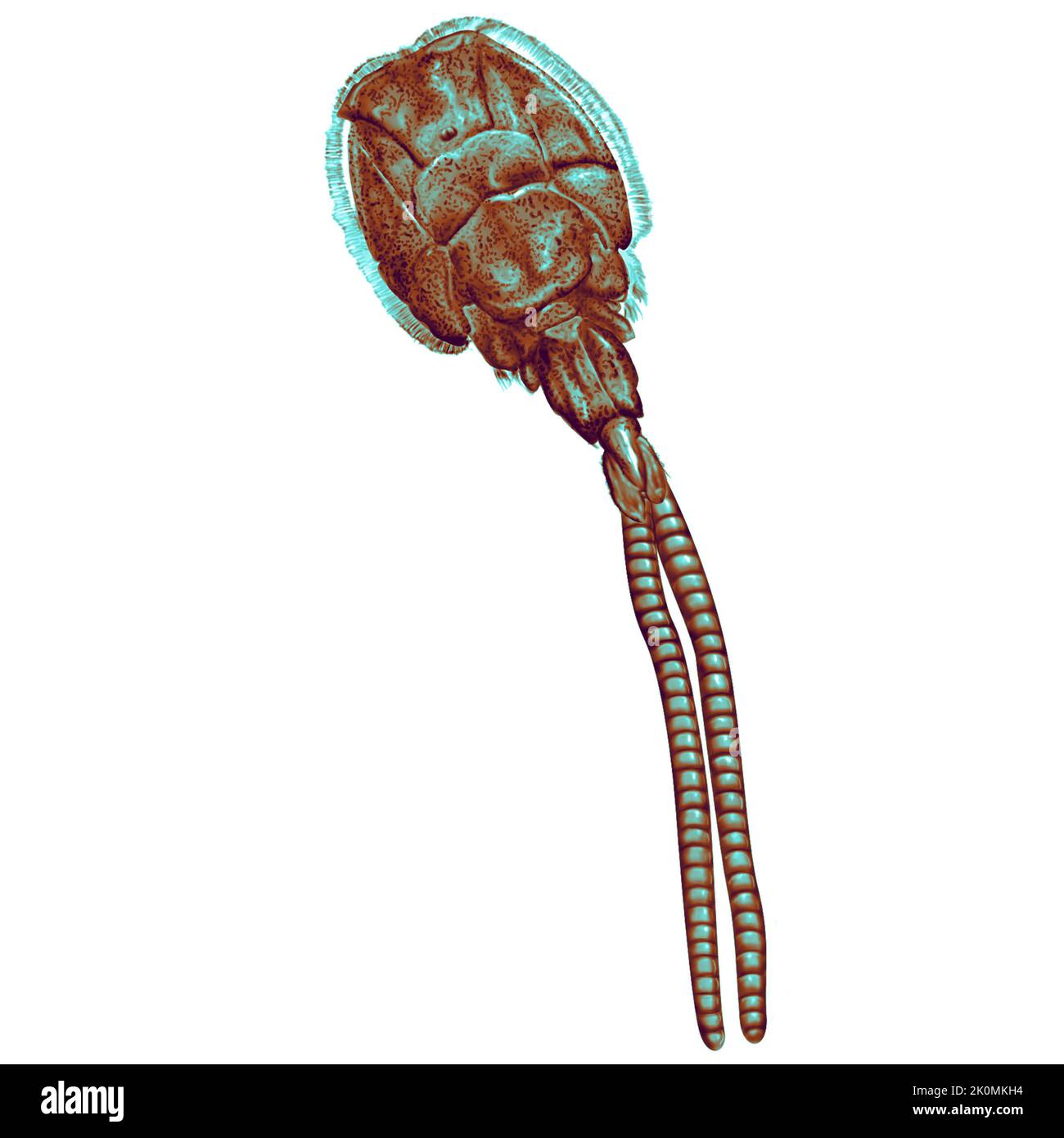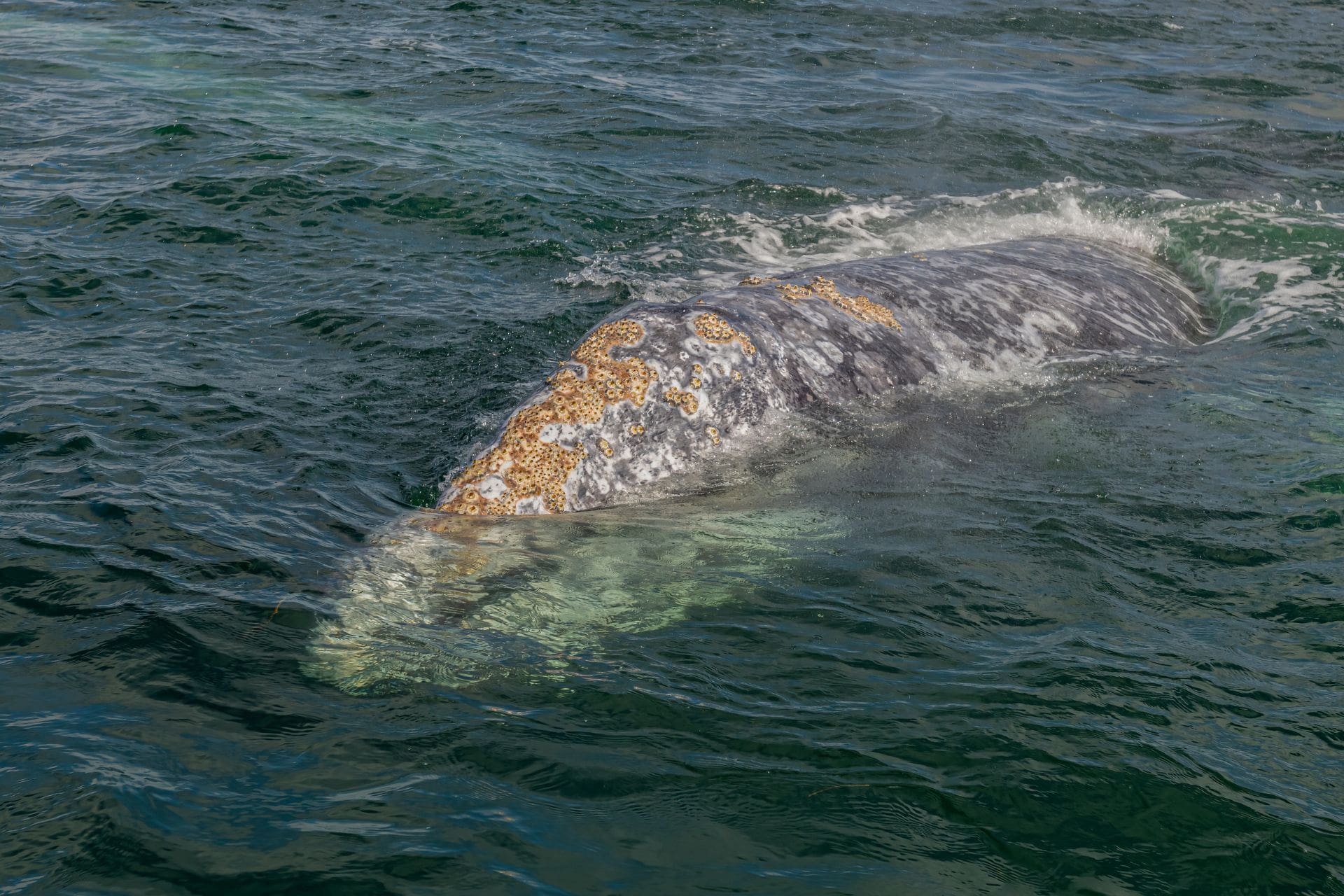Whale lice might sound like a pesky problem for these majestic creatures, but there's more to the story than meets the eye. Imagine being a whale swimming through the vast ocean, only to have tiny hitchhikers tagging along for the ride. These critters aren't actually lice in the traditional sense, but rather a type of crustacean that clings onto whales like barnacles on a ship. So, what exactly are whale lice, and why should we care about removing them? Stick around, because this is where things get interesting.
Now, before we dive deep into the world of whale lice removal, let's set the stage. These little critters are scientifically known as cyamids, and they've been hanging out with whales for millions of years. They're not parasites in the way fleas or ticks are, but they do feed on dead skin and algae that accumulate on the whale's body. While they don't directly harm the whale, an excessive buildup can lead to discomfort and even affect the whale's ability to swim efficiently.
Here's the kicker: removing whale lice isn't as straightforward as you might think. Unlike lice on humans, you can't just whip out a comb and get rid of them. It's a delicate process that involves understanding whale behavior, marine ecosystems, and the role these tiny creatures play in the grand scheme of things. So, buckle up, because we're about to take a deep dive into the world of whale lice and how they're managed.
- Alix Earle Bronco The Story Of A Bold Name And Its Impact
- Diamond The Body Age A Deep Dive Into Her Life And Journey
What Are Whale Lice Anyway?
Let's break it down. Whale lice, or cyamids, are small crustaceans that live on the bodies of whales. They're not insects, despite their name, and they don't actually "bite" the whale. Instead, they're opportunistic little buggers that feed on the organic matter that builds up on the whale's skin. Think of them as nature's cleanup crew, but one that can sometimes overstay its welcome.
Interestingly, whale lice are species-specific. This means that different species of whales have their own unique types of cyamids. For example, blue whales have their own variety, while humpback whales host a different kind. These critters are so specialized that they can even help scientists identify individual whales based on the unique patterns they create on the whale's body.
Why Are Whale Lice Important?
Now, you might be wondering why we should care about these tiny creatures. Well, whale lice play a crucial role in marine ecosystems. They help keep whales clean by eating away at dead skin and algae, which can otherwise cause infections or drag the whale down. Plus, they're a valuable tool for researchers studying whale populations. By observing the distribution and abundance of whale lice, scientists can gain insights into whale migration patterns and health.
- What Does Leslie Sansone Look Like Today Discover The Queen Of Walking Workouts
- Joseph Joestar Cosplay A Comprehensive Guide For Enthusiasts
That said, too many whale lice can become a burden. Excessive buildup can lead to skin irritation, infections, and even affect the whale's hydrodynamics, making it harder for them to swim efficiently. That's where the concept of removing whale lice comes into play.
How Do Whale Lice Attach Themselves?
These little hitchhikers have a clever way of sticking around. They latch onto the whale's skin using specialized appendages that allow them to cling tightly, even in the roughest ocean conditions. They're particularly fond of areas where the skin is damaged or where there are natural folds and crevices, like around the whale's eyes, blowholes, and genital slits.
Interestingly, whale lice aren't just passive passengers. They actively move around on the whale's body, feeding on whatever organic matter they can find. This constant movement helps them avoid being washed away by water currents, ensuring they stay put for the long haul.
Do Whale Lice Cause Harm?
While whale lice aren't considered harmful in small numbers, an excessive infestation can lead to problems. For starters, too many cyamids can cause skin irritation and increase the risk of infections. Additionally, the added weight and drag can make it harder for the whale to swim, especially during long migrations.
That's why managing whale lice populations is important, not just for the whale's comfort but also for its overall health and survival. But how exactly do you go about removing whale lice without harming the whale? Let's find out.
Removing Whale Lice: The Challenges
Removing whale lice isn't as simple as giving a whale a bath. These critters are deeply embedded in the whale's skin, and any attempt to remove them must be done carefully to avoid causing harm to the whale. This is where things get tricky.
One of the biggest challenges is accessibility. Whales are massive creatures that spend most of their time in the open ocean. Getting close enough to remove whale lice is no easy feat, and it requires specialized equipment and expertise. Plus, there's the ethical consideration of not causing unnecessary stress to the whale during the process.
Methods for Removing Whale Lice
So, how do experts go about removing whale lice? Here are a few methods that have been tried and tested:
- Manual Removal: This involves using brushes or scrapers to gently remove the lice from the whale's skin. It's a labor-intensive process but effective when done carefully.
- Water Jetting: High-pressure water jets can be used to dislodge whale lice without causing harm to the whale. This method is often used in conjunction with manual removal.
- Natural Solutions: Some researchers are exploring the use of natural predators or biological controls to manage whale lice populations. This approach is still in the experimental stage but shows promise.
Each method has its pros and cons, and the choice of method often depends on the specific circumstances and the type of whale involved.
The Role of Marine Biologists
Marine biologists play a crucial role in studying and managing whale lice populations. They use a combination of field observations, laboratory analysis, and advanced technology to gain insights into the behavior and biology of these tiny creatures. By understanding how whale lice interact with their hosts, scientists can develop better strategies for managing infestations.
Additionally, marine biologists work closely with conservation organizations and governments to develop policies and guidelines for whale protection. This includes monitoring whale populations, tracking lice infestations, and implementing measures to ensure the health and well-being of both whales and their tiny passengers.
Tools Used by Marine Biologists
Here are some of the tools and techniques used by marine biologists in their research:
- Drone Technology: Drones equipped with cameras allow researchers to observe whales from a safe distance, providing valuable data on lice distribution and abundance.
- Genetic Analysis: DNA testing is used to identify different species of whale lice and track their evolution over time.
- Acoustic Monitoring: Sound waves are used to detect whales and monitor their movements, helping researchers identify areas with high lice concentrations.
These tools not only help in understanding whale lice but also contribute to the broader field of marine conservation.
Why Removing Whale Lice Matters
Removing whale lice isn't just about keeping whales clean; it's about ensuring their long-term survival. Whales play a vital role in maintaining the balance of marine ecosystems, and any factor that affects their health can have far-reaching consequences. By managing whale lice populations, we're not only helping individual whales but also contributing to the health of the entire ocean.
Moreover, understanding whale lice can provide valuable insights into the broader issue of marine biodiversity. These tiny creatures are just one piece of the puzzle, but their presence or absence can tell us a lot about the health of the ocean and the creatures that call it home.
Conservation Efforts
Conservation organizations around the world are working tirelessly to protect whales and their habitats. This includes efforts to manage whale lice populations and raise awareness about the importance of these creatures. By supporting these initiatives, we can help ensure that whales continue to thrive in the wild.
So, the next time you see a whale breaching or hear about a conservation project, remember that even the tiniest creatures can make a big difference.
Conclusion: The Bigger Picture
Removing whale lice might seem like a small issue, but it's part of a much larger picture. By understanding these tiny creatures and their role in the marine ecosystem, we can gain valuable insights into the health of our oceans and the creatures that inhabit them. Whether you're a marine biologist, a conservationist, or just someone who cares about the environment, the world of whale lice is worth exploring.
So, what can you do to help? Start by educating yourself and others about the importance of marine conservation. Support organizations that work to protect whales and their habitats, and be mindful of your impact on the environment. Every little action counts, and together, we can make a difference.
Table of Contents
Here's a quick rundown of everything we covered:
- Removing Whale Lice: The Surprising Truth Behind These Marine Hitchhikers
- What Are Whale Lice Anyway?
- Why Are Whale Lice Important?
- How Do Whale Lice Attach Themselves?
- Do Whale Lice Cause Harm?
- Removing Whale Lice: The Challenges
- Methods for Removing Whale Lice
- The Role of Marine Biologists
- Tools Used by Marine Biologists
- Why Removing Whale Lice Matters
- Conservation Efforts
- Conclusion: The Bigger Picture
- Westjet Face A Closer Look At The Human Side Of Canadas Beloved Airline
- Boob Out A Comprehensive Guide To Understanding And Embracing Body Confidence

